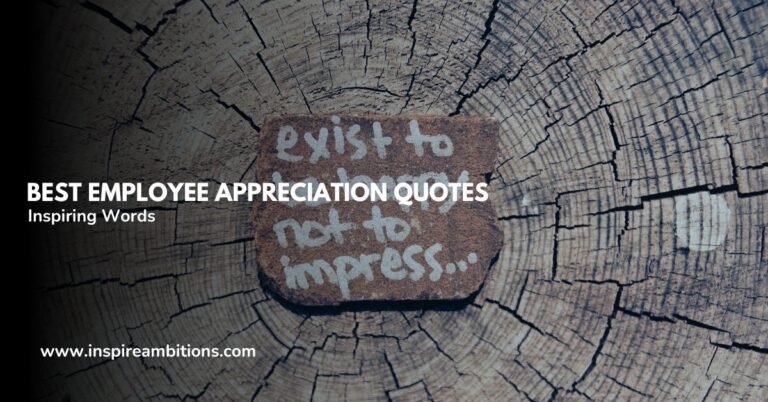Body Language of Leaders – Mastering Non-Verbal Communication for Influence
Understanding the body language of leaders is pivotal to effective communication in any environment.
It’s often said that actions speak louder than words, and this holds especially true in leadership roles.
Leaders convey power, confidence, and empathy not just through their verbal instructions but also through nonverbal cues. Their stance, gestures, and चेहरे के भाव can greatly influence their team’s perception of their message and authority.

Leadership isn’t simply about what you say; it’s about how you say it. Nonverbal संचार, including body language, plays an integral role in how leaders are perceived and how they inspire and motivate their teams.
By recognising and harnessing the power of body language, you can open up new avenues of influence and establish a stronger rapport with colleagues and employees.
Become more mindful of your body language — it can enhance your leadership skills significantly. From your posture to your hand gestures and eye contact, every aspect of your nonverbal behaviour impacts your role as a leader.
By adopting positive body language, you send a message of assurance and enthusiasm, making you a more effective and approachable leader.
Fundamentals of Body Language in Leadership
Effective leadership isn’t just about the words you choose; it’s also about how you carry yourself. Your nonverbal communication can make a difference in gaining your team’s trust and exerting influence.
The Role of Nonverbal Cues in Leadership
As a leader, your nonverbal cues are powerful tools that can communicate your leadership style without a single word. These cues include चेहरे के भाव, posture, and the subtleties of आँख से संपर्क. They are crucial in conveying आत्मविश्वास and control setting an atmosphere for respect within your team.
For instance, maintaining steady but not intense eye contact can affirm your engagement and attention, signalling respect for the speaker and the situation.
Building Trust and Confidence Through Body Language
को build trust and impart confidence, your body language should align with your spoken words. Inconsistencies can lead to doubt and mistrust. Display open gestures that invite collaboration, and adopt a posture that is both relaxed and निश्चयात्मक to show approachability without sacrificing authority. When you nod while listening or मुस्कान at appropriate times, you’re not just hearing but actively understanding your team, fortifying a bond of trust.
Understanding Personal Space and Physical Gestures in Business
Awareness of personal space is key in the business environment. Respecting these boundaries can foster mutual respect and help in maintaining a professional atmosphere.
Similarly, mindful physical gestures can advance your message; a well-timed hand gesture can emphasise a point, while composed movements can demonstrate a sense of calm decisiveness. Overstepping physical boundaries or using overly dramatic gestures could, however, have the opposite effect, leading to discomfort and undermining your position.
When enacting leadership, remember the subtlety of your body language speaks volumes. Foster an environment that values nonverbal communication as highly as the spoken word to amplify your influence and success as a leader.
Enhancing Communication Skills with Nonverbal Strategies
Leaders excelling in nonverbal communication can greatly improve their interactions with clients and team members, ensuring their message resonates effectively in every setting.
Implementing Effective Nonverbal Communication Techniques
To enhance the effectiveness of your communication in the workplace, focus on your emotional intelligence—the capacity to perceive, control, and evaluate emotions. Strengthen this by practising active सुनना; when clients speak, listen fully instead of formulating your response. Your tone of voice should be controlled, aligning with your words to instil trust and clarity.
Furthermore, consider the power of mirroring, a subtle technique where you reflect the body language of others to create rapport. However, it’s essential to remain natural and not mimic others, which can seem disingenuous.
Mastering Leadership Presence in Virtual and In-person Settings
In virtual meetings, your leadership communication can still shine. Ensure you are well-lit and cameras are at eye level to maintain eye contact. Your voice should be clear, and your background should be professional. Since virtual cues can be harder to read, reinforce your words with expressive gestures and nods to affirm understanding.
Whether in-person or online, always convey a positive impression with your nonverbal skills. Whether it’s a firm handshake in a face-to-face meeting or a warm, welcoming smile on a video call, these small details contribute to a strong executive presence. An executive coach can offer personalised advice to refine these aspects, tailored to your unique leadership style.
Combine these nonverbal strategies with consistency and authenticity to truly engage your audience, regardless of the medium.






